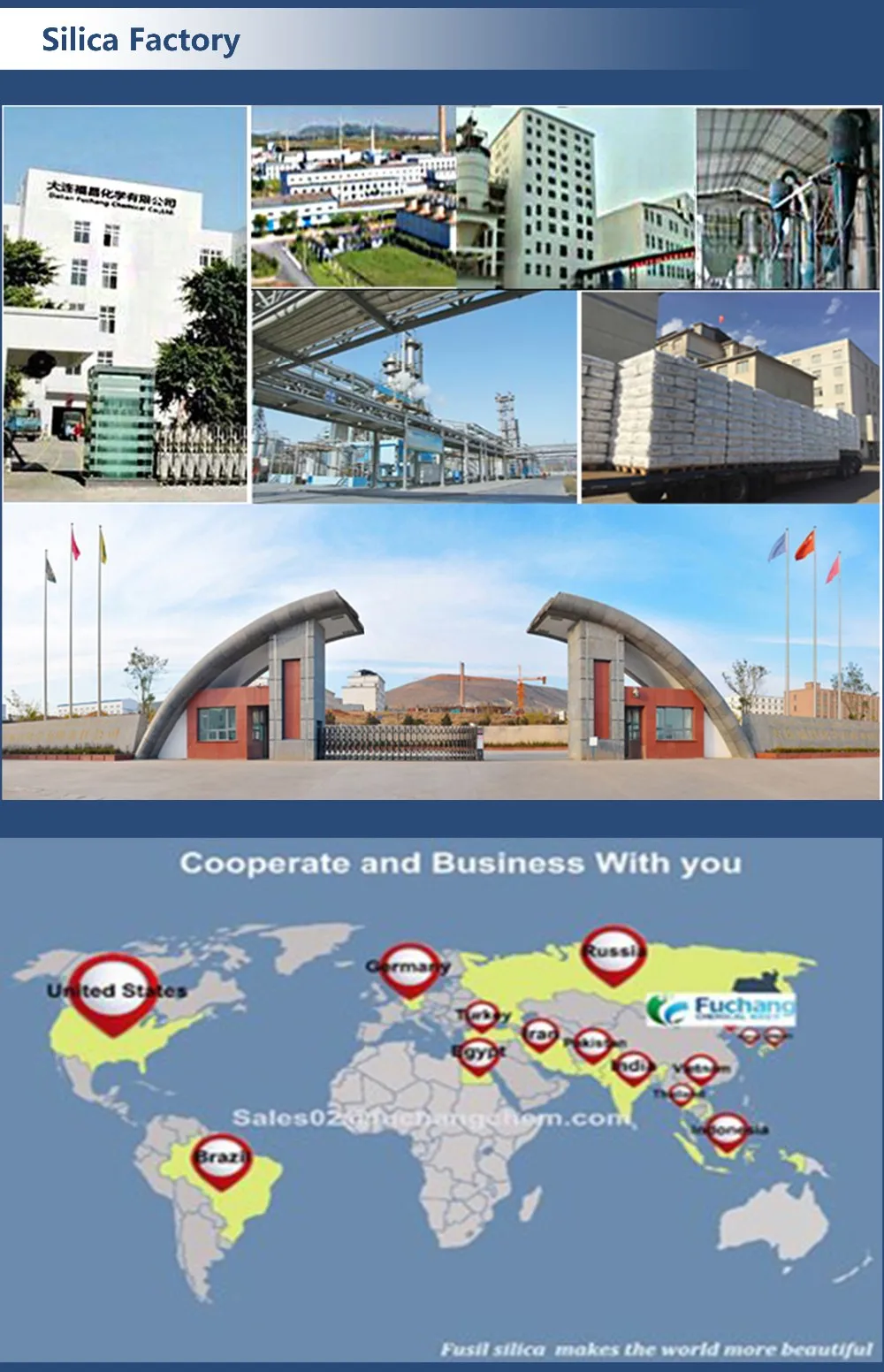
The Chemical Abstracts Service registry number is a unique identifier of a particular chemical, designed to prevent confusion arising from different languages and naming systems.ĭata for this section been provided by the British Geological Survey.Īn integrated supply risk index from 1 (very low risk) to 10 (very high risk). Where more than one isotope exists, the value given is the abundance weighted average.Ītoms of the same element with different numbers of neutrons. This is approximately the sum of the number of protons and neutrons in the nucleus. The mass of an atom relative to that of carbon-12. The transition of a substance directly from the solid to the gas phase without passing through a liquid phase.ĭensity is the mass of a substance that would fill 1 cm 3 at room temperature. The temperature at which the liquid–gas phase change occurs. The temperature at which the solid–liquid phase change occurs. The arrangements of electrons above the last (closed shell) noble gas. These blocks are named for the characteristic spectra they produce: sharp (s), principal (p), diffuse (d), and fundamental (f). The atomic number of each element increases by one, reading from left to right.Įlements are organised into blocks by the orbital type in which the outer electrons are found. Members of a group typically have similar properties and electron configurations in their outer shell.Ī horizontal row in the periodic table. the particle size of silica fume is much smaller than cement, fly ash, mineral powder, etc., about 1/50~1/100 of the particle size of cement.A vertical column in the periodic table. The particle size of silica fume is very small, generally below 0.5μm, spherical particles of uneven size, the average particle size is only 0.10~0.20μm, the specific surface area of 15000~30000m2/kg. As the micro-silica powder particles are very fine and the surface chemical bonding defects and rarely exist alone, often multiple small particles are gathered together through electrostatic force to form a flocculent structure or agglomerate structure. Silica fume in the flue rapid cooling process, due to the action of liquid surface tension, the formation of amorphous prospherical particles, the surface is extremely smooth. Silica fume particle composition and morphology Special high-quality silica fume, its amorphous calcium dioxide content of up to 98% or more. Amorphous silica structure and and fine particles are the main reason for the high activity of silica fume. Silica fume is basically amorphous silica, containing a small amount of silica crystalline minerals (mainly quartz). is not much harm to the concrete carbon content does not exceed 2%, and the burn loss is about 1.5% to 3%, silica fume specific gravity is 2.20–2.30. Amorphous SiO2 content plays a decisive role in the nature of silica fume, a small amount of iron oxide, aluminum oxide, calcium oxide, sulfur oxide and sodium oxide (potassium), etc.

The chemical composition of silica fume is very simple, 85~96% of the part is SiO2, and the majority is amorphous silica, which is a very good volcanic ash material. These SiO2 flue gases are condensed into very small spherical non-crystalline micro-beads, which are discharged from the chimney in the form of dust, and are collected when they pass through the collection equipment, which is silica fume, and the whole reaction formula is as follows.ĢSiO+O2→2SiO2(Silica Fume)↑ The physical and chemical properties of silica fume Chemical composition of silica fume We know that silica fume is industrial silicon and ferrosilicon alloy in the high-temperature melting process with the flue gas escape or industrial dust recovered from the flue gas purification device, the formation process is high-purity quartz in the high-temperature state is reduced, there will be 10% to 15% of the silicon formation of vapor into the flue, silicon vapor with the airflow up to meet oxygen combined into silicon monoxide (Si0), escaping from the furnace when the SiO meets cold air, combined with oxygen into silicon dioxide (SiO2) flue gas.
As we know, silica fume can effectively improve the performance of concrete compressive, bending, seepage resistance and corrosion resistance, and the reason why it can play such a good effect, can not be separated from the physical and chemical properties of silica fume, today HSA will introduce the physical and chemical properties of silica fume.


 0 kommentar(er)
0 kommentar(er)
